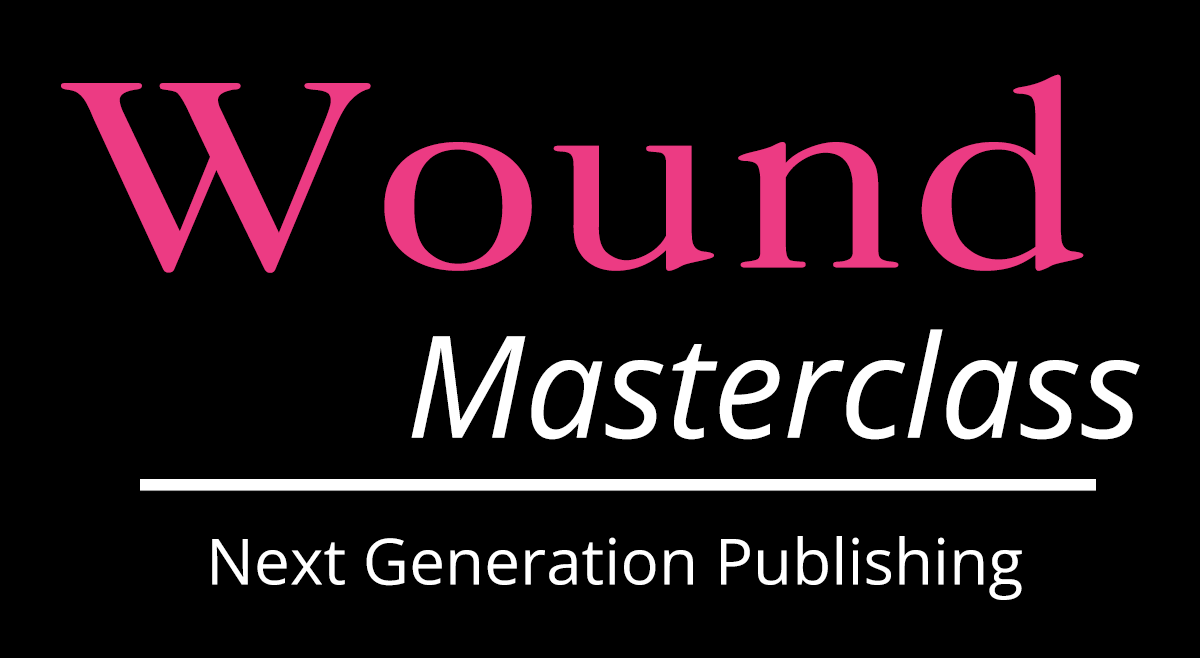When a patient presents with a wound, it is not surprising that the first field of focus is the wound itself. Assessing the wound indicates to the wound care professional what the wound condition is, whether it is chronic or the result of a recent injury, related to surgery, if infected and at what level, possible co-morbidities, and much more. The second field of focus is the computer screen to chart the course of treatment so the wound healing can begin.
All this can be achieved without ever looking beyond the wound or the chart. But limiting the focus and not including the patient’s complete condition is a mistake that can significantly delay wound healing. The injury from a wound goes far beyond the wound’s perimeter.
A study of outpatients in wound care clinics found 81 percent [1] of its patients tested positive for depression. Further, it found depression common in patients with wounds, especially those with wounds lasting more than 90 days[2].
“The visibility of the wound creates a negative self-image because much of our self-image is based on external appearance and is a reminder to the patient that they may no longer look like most other people, “said Tim Paine, physical therapist with Litchfield Hills Orthopedic Associates, Torrington, CT.
Chronic wounds are stressful for a patient. As a long term condition requiring ongoing care and medical attention, these individuals are often removed from their life’s routine, limited in mobility, and isolated from family and friends. It can result in depression and stress, especially in older individuals. [3]
“Healing a chronic wound takes a long time, and requires constant attention to help the healing process, and it is very common for the patient to become emotionally and physically fatigued, which often results in depression and loss of motivation. This in turn prolongs the healing process. This cycle of emotional fatigue, physical fatigue and change in self-image results in a cycle of slowed healing and loss of motivation,” Paine added.
Surgical wounds are likely representative of a co-morbidity meaning the patient is concerned not only with the healing of wounds at a surgical site but also the primary cause and disorder for which the surgery was indicated.[4]
The most common site for slower healing wounds are on the feet and lower legs.[5] Studies indicate patients with lower extremity wounds when combined with stress are 25 percent slower to heal than those patients in a healthy mental state.[6]
Pain associated with wounds can be severe, if left unmanaged. As healing begins, pain and itching can cause sleeplessness impacting emotions, energy and motivation – including motivation to heal.[7]
Mental health is among the leading causes of disability around the world [8],with depression and stress highly prevalent in those with wounds. And once a patient’s wound is considered healed, it is estimated that 12 percent [9] of those patients will have some sort of psychological impact from the experience.
It is long recognized that collaborative care improves wound healing when it includes nutrition, physical therapy, and other specialties.[10] Integrating mental and emotional health assessments in the initial stages of wound care and treatment has been shown to decrease healing time.[11] While mental and emotional health conditions are harder to detect, early intervention can help a wound care patient begin to adjust to potential long term life changes, work through acceptance and avoid withdrawal which may lead to deepening depression.[12]
Mental and emotional health may be overlooked as part of the collaborative care model. As wound care professionals, there is an opportunity to be aware and alert to potential injury beyond the site of the wound. Watch for hard to detect symptoms of emotional and mental suffering, and add to the care team appropriate care givers to treat the patient’s mind while the wound heals.
###
[6] https://www.todayswoundclinic.com/articles/missed-opportunities-identifying-mental-health-needs-among-patients-primary-wound-care
[8]https://www.todayswoundclinic.com/articles/missed-opportunities-identifying-mental-health-needs-among-patients-primary-wound-care


